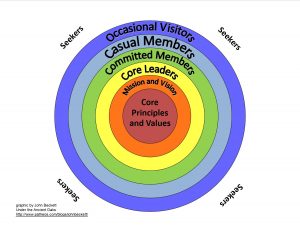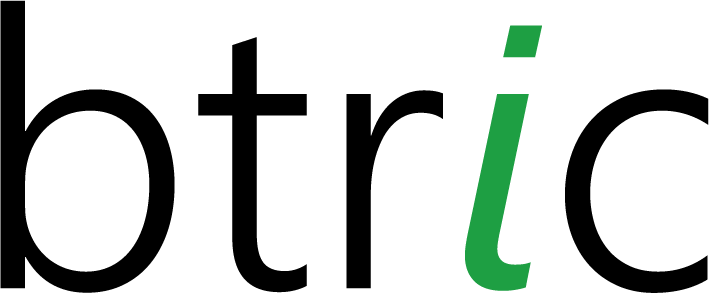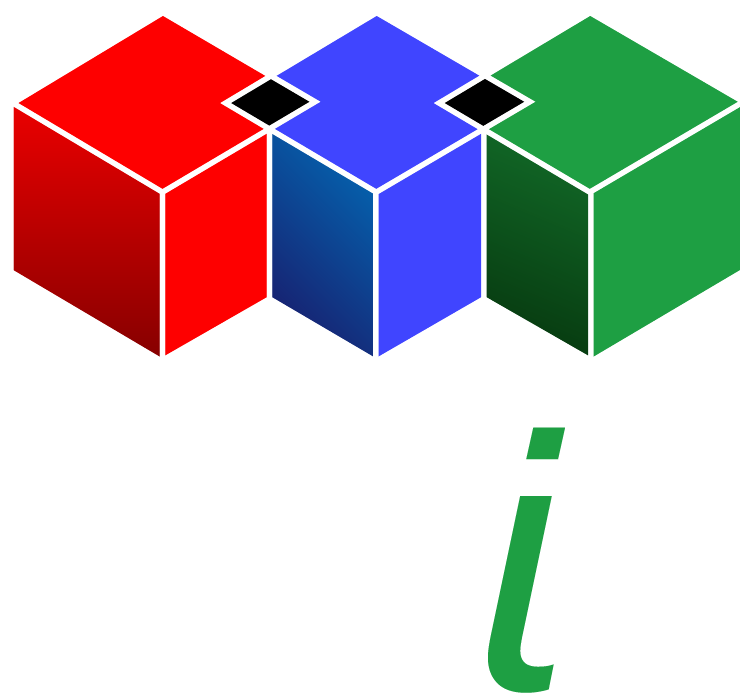Overview
Blockchain Technology Research Innovations Corporation is a New Jersey non-profit corporation and is subject to the jurisdiction of the State of New Jersey and United States federal law. It has been recognized by the Internal Revenue Service as a Section 501(c)(3) public charity. As a corporation, it must have certain structures that are legally required, such as a Board of Trustees.
Even though we are required under current law to have a Board of Trustees that is, from a legal perspective, at the top of the governance structure, BTRIC intends to adopt an open form of governance.

Expanding Circles
We consider our Founding Trustees as caretakers that will operate the organization in an open and transparent manner while putting in place legally-vetted Bylaws that allow for a concentric circles organizational structure. These Bylaws (which will be Creative Commons licensed and open for use by any organization), once completed and adopted, will embrace open governance that we hope becomes the model for many non-profit and even for-profit organizations that operate in the ecosystem.
BTRIC’s Executive Director is the only paid member of the Board of Trustees, though other Trustees can receive reimbursement for reasonable expenses incurred in connection with their duties as a Trustee. Our Executive Director supervises operations, staff and contractors, and is responsible to the rest of the Board of Trustees. The Executive Director, while serving on the Board of Trustees, does not vote except to cast the deciding vote in cases of a tie.
We believe in transparent and fluid governance and governance structured based on concentric circles, concepts partially described by Heather Marsh in her book, Binding Chaos: Systems of Mass Collaboration. This book, which is Creative Commons licensed, is downloadable from her blog. The book can be purchased in printed form from Amazon.com, and donations to her can be made on her website. Many open source projects implement parts of this type of governance without recognizing it, and BTRIC Institute will serve as a resource and repository for tools and information for new organizations to explore and adapt these governance policies.
Expanded Board of Trustees
No later than August 30, 2018, BTRIC will be operating under final adopted Bylaws that embody this open governance model. By that date, the one year anniversary of formation of BTRIC, we will have increased the Board of Trustees to at least seven people (so that our Founding Trustees are not a majority). We are currently seeking interest from people involved in our projects and others in the community. Other Board members can be involved in projects, but must adhere to our Code of Ethics and any conflicts of interest must be disclosed if they arise.
It is important to have just enough of a structure to ensure that our mission can be accomplished, without the bureaucracy that has been shown to cause issues relating to dominant personalities and factions within other organizations. These issues often take the focus away from the idea and the overall mission. By adopting open governance, we strive to include a much wider spectrum of ideas when considering decisions.
We are committed to operating BTRIC as an organization through adoption of the centric circle form of management and operational structure. This form of management is dynamic and focused on ideas, rather than personalities. This structure is illustrated on the right side of this page, and begins with a focus on BTRIC’s core principles and values, followed by our mission and vision to achieve the mission, and then by the Board of Trustees, committees, and top advisors as “Core Leaders”.
The larger circles are committed members (project participants, employees, top donors), casual members (enthusiasts, project gurus), and then occasional visitors. Over time, people will naturally gravitate from one circle to others. An occasional visitor could eventually become a real enthusiast of a project, or even serve as a member of the Board of Trustees or on a committee. Over time, Trustees will decide to take on less active roles, and this dynamic structure allows for that. The key is that each circle is able to react and respond to the others. An occasional visitor may have a great idea to improve a project – that idea needs to get to the project team. On the other hand, the project team must be responsive to the users and consider changes in approach when appropriate.
BTRIC’s final Bylaws will bridge the gap between the legal requirements of operating a non-profit corporation and the liquid, open, concentric-circle approach to governance. This will include structures that adopt Committees, Advisory Panels, and Working Groups in an untraditional manner. This is an area that requires legal vetting to ensure that it is fully compliant with the law while still allowing the open governance that we embrace. As previously indicated, our final Bylaws and all other documents we produce will, with limited exceptions related to personal identifiable information and any applicable legal requirements, be available for use by anyone under Creative Commons or other open licensing models.


